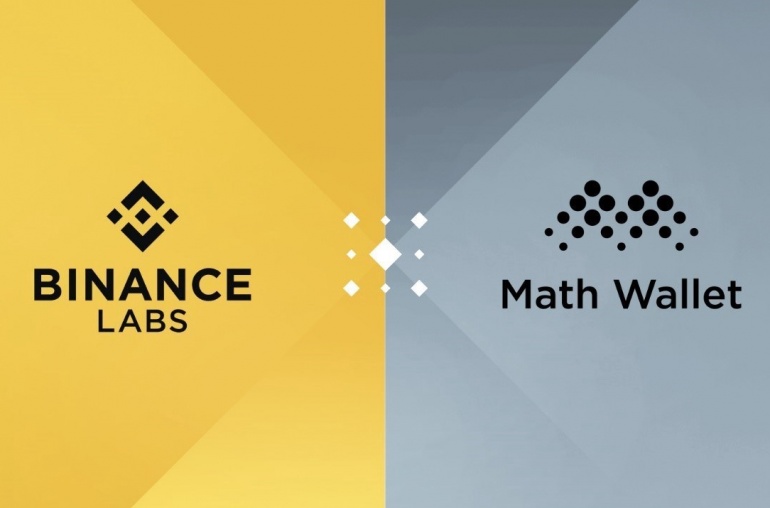In a stunning turn of events, Lido Finance’s liquid staking protocol has been pushed to its limits after a single user staked more than 150,000 Ether in a single day. The massive influx of tokens forced Lido to activate a protocol safety feature known as “staking rate limit” to prevent any negative consequences.
Lido’s liquid staking solution is a game-changer for digital assets, enabling users to stake Ether without locking their tokens. Instead, Lido issues users a liquid variant of ETH, called staked Ether (stETH), which provides staking rewards for every day the tokens are held in their wallets.
However, the staking rate limit mechanism is intended to prevent the dilution of rewards that may occur when there is a massive influx of deposits. Once the daily staking limit of 150,000 Ether was attained, the dynamic mechanism was triggered into action.
It works by decreasing the amount of total stETH that can be minted at any one time based on recent deposits. Regardless of approach, this mechanism affects all parties who may try to mint stETH.
According to on-chain analyst Lookonchain, a user may have deposited 150,100 ETH, with one deposit of 100 ETH and three deposits of 50,000 ETH each. The Lido Finance’s website reports that as of February 27, more than $8.9 billion has been staked in ETH with the protocol, up significantly from the $5.8 billion reported on January 2.
As Ethereum’s Shanghai upgrade approaches mid-March, Ether staking volumes have reportedly risen. The Ethereum Shanghai upgrade will unlock staked ETH and allow withdrawals, potentially increasing liquidity in the crypto market. One of the five planned upgrades, the EIP-4895, is expected to fully unlock staked ETH and allow withdrawals, which could lead to a surge in Ether prices.
Since the Beacon Chain was launched and introduced staking to ETH in December 2020, $25 billion of ETH has been staked. The increase in staking volumes is a testament to the growing popularity of liquid staking protocols like Lido Finance, making staking more accessible and flexible for users.
While the staking rate limit mechanism has temporarily slowed the staking process on Lido, it is a necessary safety feature that ensures the protocol’s stability and prevents any negative consequences from excessive staking.



